Is there a way to setup a resistor noise source (Johnson/Thermal noise)? I want to experiment with add a Johnson/Thermal noise source to a resistor for test in LTSpice, but not sure how to configure LTSpice to create a noisy resistor supply.
2 Answers
The Johnson noise of a resistor is given by $$\sqrt{4 k_B T R \cdot\textrm{BW}},$$ where BW is the bandwidth of interest. E.g, for a 1k resistor, you would get 4.07 nV/√Hz (@300K).
You can set up LTSpice to do a noise analysis in the following simulation command:
The result is shown below for a 1k resistor, and you can see we get the correct voltage noise spectral density:
The total RMS voltage that you would then expect to measure over a specific bandwidth is then found using the noise density to be $$4.07\,\textrm{nV}/\sqrt{\text{Hz}}\times \sqrt{(100000\,\text{Hz} - 100\,\text{Hz})} = 1.286 \,\mu V_\textrm{rms}$$ for a 100 Hz to 100 kHz bandwidth, for example. Holding down Ctrl, and then clicking on the trace name gives the correct RMS across the bandwidth as 1.286 μVrms:
Note that this assumes a “brick wall” sharp cut-off filter at the edge of the bandwidth region, which in practice will depend on the type of filter used (e.g. single pole, etc.). This matches the simple multiplication in this case because the spectrum is flat. LTSpice is actually doing a proper integration over the spectrum.
You can turn off the noise by adding the "noiseless" flag to the resistor value, e.g. "1k noiseless".
- 765
- 4
- 18
Resistors in LTSpice and other SPICE programs already are modeled for noise.See the example below. As a sanity check, Johnson noise from a resistor at room temperature is about \$0.13\sqrt{R}\$ in \$nV/\sqrt{Hz}\$. From the approximation, a 1k resistor has a thermal noise of about \$4.1\; nV/\sqrt{Hz}\$ which is close to the LTSpice noise number of \$4.07\; nV/\sqrt{Hz}\$.
- 7,474
- 1
- 5
- 20



